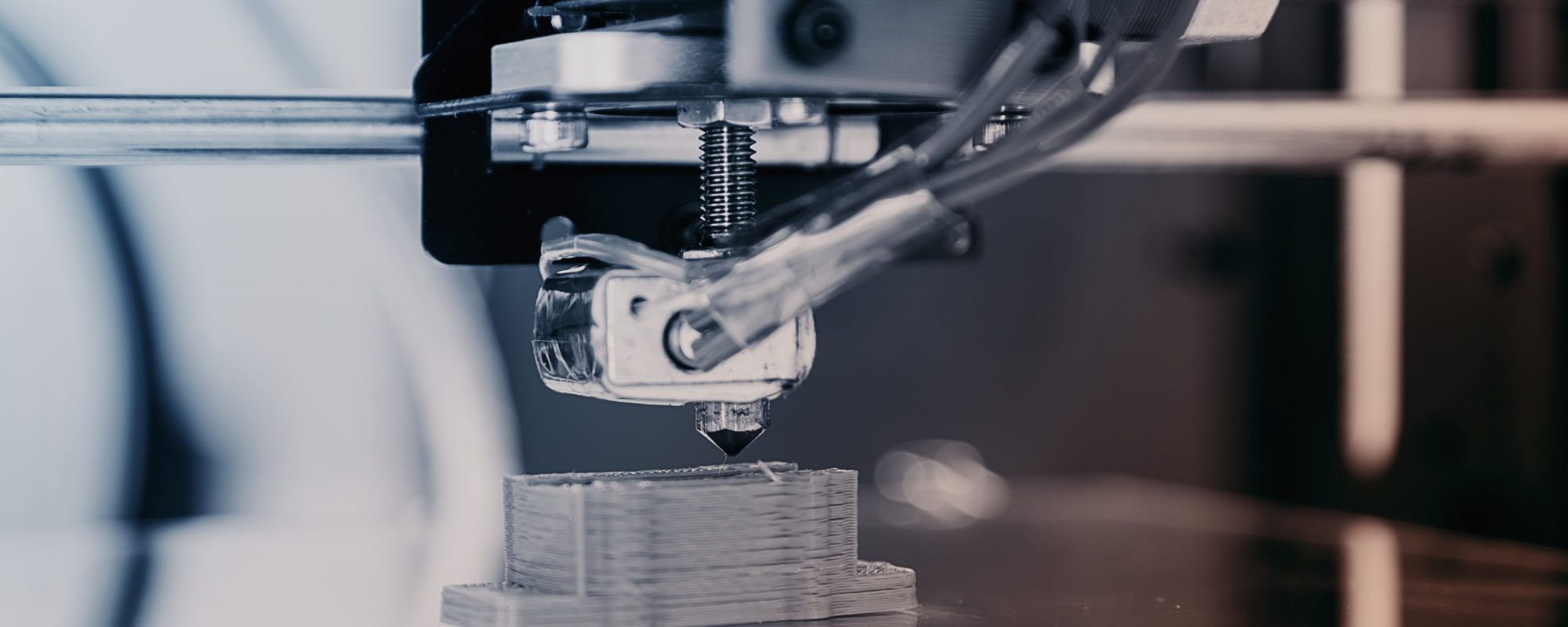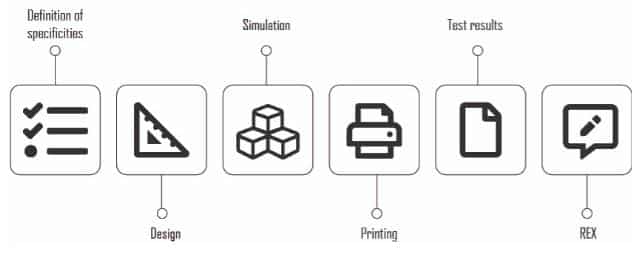

So, if the problem lies in the segmentation of knowledge between different departments, the solution lies in the establishment of a technical management database.
Because in addition, the support of design, material properties, and processes, which are the three pillars of the technology. In addition, the capitalization of related corollary data, such as test and simulation results, the establishment of a defect library or maintenance monitoring, are essential characteristics to be integrated to manage its additive manufacturing process efficiently. This is all the more important in the context of project management because each data influences the quality of the final product.
Or for more information :